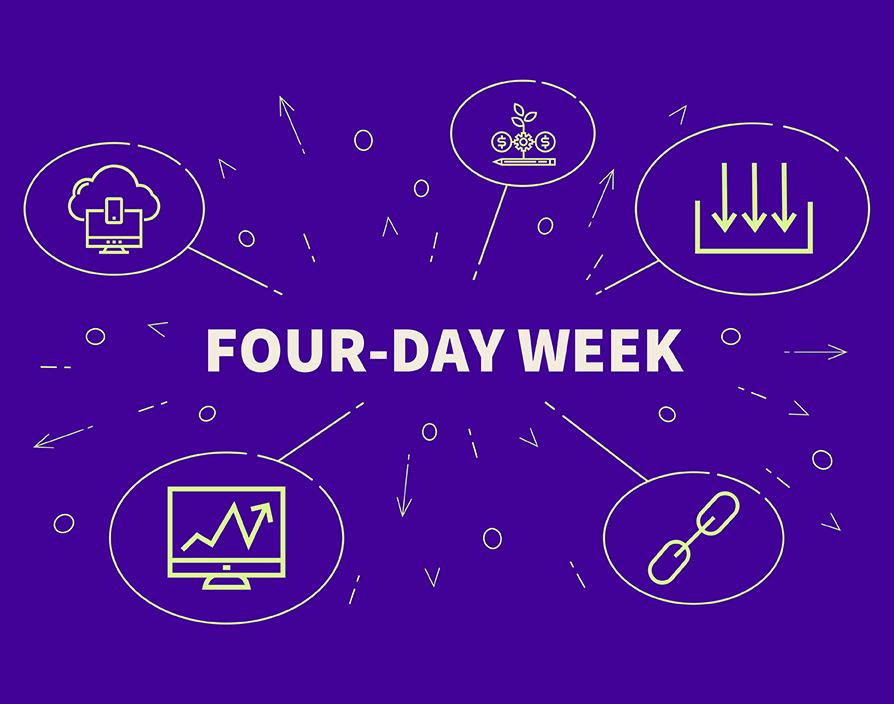Will 4-day working week be the new normal?
Post pandemic, employees are demanding more than financial benefits for their labours. They want to ensure a better quality of life – a balance between building a career and enjoying their personal life. The increased demand for a better working model has resulted in employers across the country, from different sectors and industries, trialling a 4-day working week for a period of six months. Under this pilot scheme, their employees are receiving the same pay and benefits as for the traditional 5 day working week. This model is known as the ‘100:80:100’ – 100% of pay for 80% of the time, in exchange for a commitment to maintain 100% productivity.
Researchers from leading universities, think tanks and the 4-Day Week Campaign will measure the impact on business productivity, employees’ wellbeing, equality and the environment. The ‘Great Resignation’ suggests the need for businesses to change to attract and retain talent. Our lockdown experiences show incentivised employees can be trusted to work flexibly. Trialling this radical approach tests the theories but its detractors are already questioning whether this modern take on current working norms is worthwhile and what steps they’ll need to put in place if the 4-day working week becomes embedded in our working lives.
A more productive workforce. The UK lags behind its neighbours with shorter working weeks (e.g. France’s 35 hours). That generation of business growth is intended to create better paid roles for employees to assist them in the current crisis. The 4-day week could reduce costs for employers and employees. Closing an office for an extra day per week reduces business overheads and employees’ costs for their commute, coffees and lunches. Not to mention the positive impact of reduced travel on air quality and climate change. The intention is that employees would be happier, healthier and more motivated as a shorter working week (and 3- day weekend) affords more time for fitness and time with family and friends. The anticipation is that happier employees will be more efficient, focused and loyal to organisations operating this 4-day model. Allowing greater flexibility, aims to make roles more accessible to a more diverse population, reducing group think and fitting employees’ needs for a non-working day, such as part-time workers and carers.
The key concern is that these advantages will not be sustained. Thursday will become the new Friday and businesses who’ve committed to certain salaries will see output decline to that under the traditional working week. Training staff and embedding culture will take longer. Not all employees will be able to work longer on 4 days to have the 5th free. This could unintentionally set back equality and access for employees’ whilst complicating work distribution, regulatory oversight and performance management of staff on differing arrangements. Equally, having to complete their workload in 4 days may not benefit employees’ health – it increases the pressure/stress which could cause lost days through absence. The model is also divisive – some sectors will need to continue a 24/7 365-day operation due to their work, industrial processes and client needs (e.g. healthcare, teaching). This risks employees being divided in to a 2-tier workforce which risks further reducing the talent pool for certain careers.
Costs, labour shortages and changing demographics mean we need to take a fresh look at how we make work work for us. Hybrid, asynchronous and other agile working models are already proving differentiators in attracting clients and candidates. This trial is an innovative exploration of how working smarter can deliver for business and change a norm at odds with the greater demands and expectations for our lives.
Share via:








































